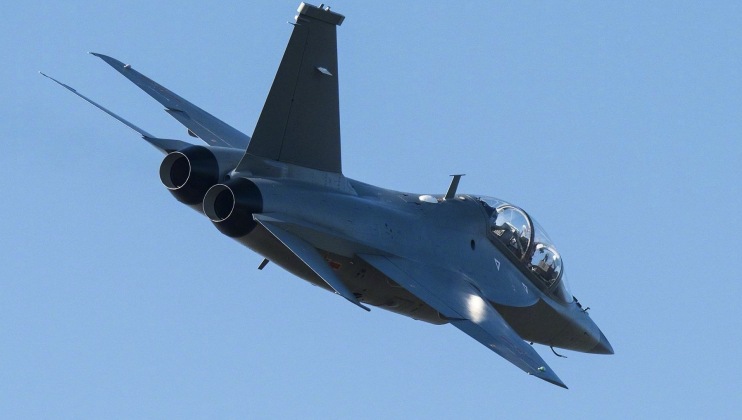News
China Has Already Built its First L-15 Fighters for the United Arab Emirates Air Force: What Sales Are Next?
On February 21 a long suspected deal for the sale of Chinese L-15 twin engine lightweight fighter jets to the United Arab Emirates (UAE) was confirmed, with images of the aircraft built for UAE service already in flight emerging on Chinese social media the following day. Such a contract was first reported in February 2022 but not confirmed, and is now known to include 12 L-15s with the option of 36 more. Although serving in China’s own air force primarily as a trainer, the L-15 is considered to have a superior combat performance to any other trainer in the world allowing it to operate as a lightweight fighter – which is its primary role in the air forces of Zambia and Ethiopia which were its prior clients. The L-15 integrates an electronically scanned array radar and can reportedly deploy PL-12 active radar guided air to air missiles, which ensures an advantage in air to air combat over the large majority of fighter classes fielded by neighbouring Iran none of which have comparable features.

The L-15 sale has been seen to herald a gradual shift in the Persian Gulf region away from firm alignment with Western Bloc interests, with Abu Dhabi having reportedly rejected efforts by the U.S. to tie the sale of F-35 fighters to its rejection of Chinese Huawei telecoms infrastructure. The country refused to ban Huawei from contracts in full knowledge that this would mean it could not receive the stealth fighters, and resisted pressure from Washington to weaken ties to China. The UAE has been a growing client for Chinese military hardware most notably its Wing Loong series of attack drones – the latest iteration of which was revealed in November 2022 as the Wing Loong 3. Neighbouring Saudi Arabia has similarly strongly boosted ties to China, with the two reaching an agreement in 2022 to jointly produce drones for the Arab state’s armed forces, with Chinese experts set to play a major role in setting up the necessary factories in the country. Saudi Arabia is also reported to have shown a strong interest in the FC-31 fifth generation fighter to eventually replace its U.S.-sourced F-15s, Tornadoes or Eurofighters, with Western countries having no comparable fighters with stealth capabilities and twin engine configurations in production. Repeated threats of arms embargoes from Western countries, many of which have been carried through, are thought to have been a central factor leading Saudi Arabia to seek to diversify its fleet, with political terms attached to Western arms sales also speculated to have influenced the UAE to similarly look to new sources for its armaments.












